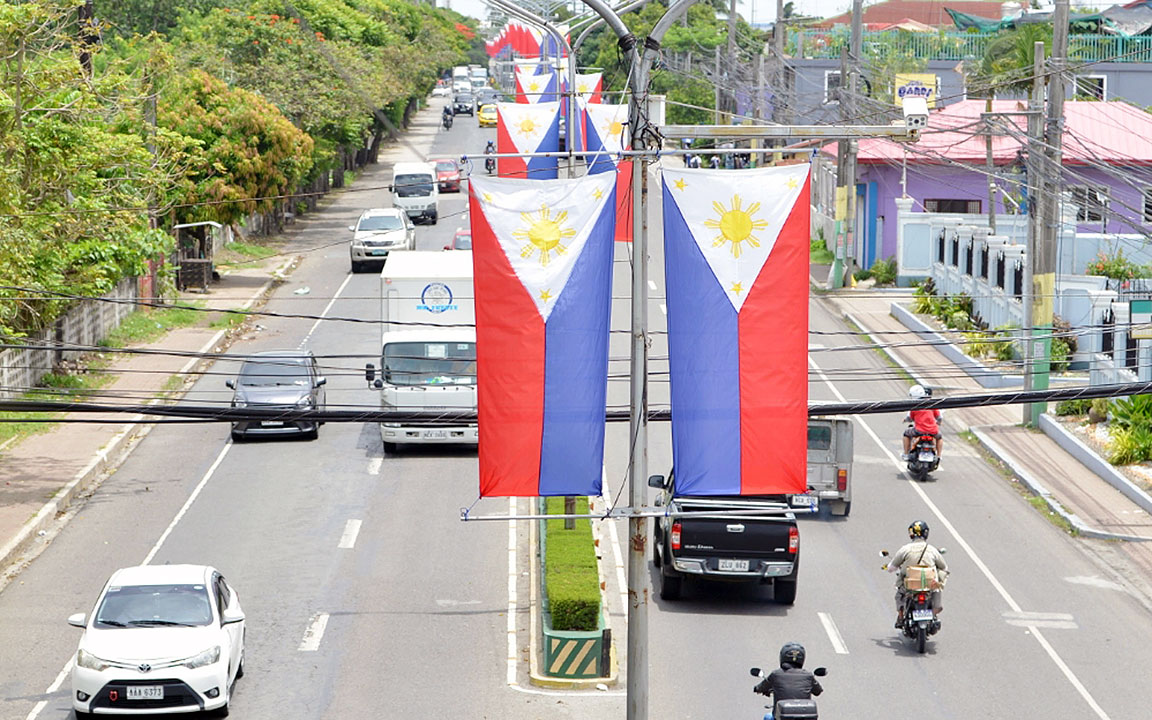




Policy Rate Updates: Double cut finale
 DOWNLOAD
DOWNLOAD

Monthly Economic Update: One for the road
 DOWNLOAD
DOWNLOAD

Inflation Update: Still low, still slow
 DOWNLOAD
DOWNLOAD


Foreign investment pledges fall 64% in Q1

Foreign investment pledges slumped by 63.6% in the first quarter as global economic challenges prompted investors to be more wary of investing in emerging markets like the Philippines, analysts said.
Preliminary data from the Philippine Statistics Authority (PSA) showed that the value of foreign commitments approved by investment promotion agencies dropped to P148.43 billion in the January-to-March period from P408.22 billion a year earlier.
This was also 63.4% lower than P394.45 billion in the final three months of 2023, and the lowest since the P27.3 billion logged in the third quarter of 2023.
Singapore was the biggest source of approved investment pledges at P70.06 billion (47.2% share), followed by the Netherlands and South Korea with commitments worth P38.89 billion (26.2%) and P20.23 billion (13.6%), respectively.
The steep decline seen in the foreign investment approvals raises concerns about the health of the Philippines’ investment climate, Robert Dan J. Roces, chief economist at Security Bank Corp., said.
“It may very well be due to several factors, namely, global economic headwinds, like elevated interest rates in major economies, which might be making investors wary of riskier emerging markets like the Philippines,” he said in a Viber message.
Mr. Roces also noted that the “high figures” from a year ago were inflated by exceptionally large projects, making the latest figures seem lower.
For Nicholas Antonio T. Mapa, senior economist at ING Bank N.V. Manila, the drop in the first quarter could be attributed to the normalization of pledges following the initial surge of pledges at the beginning of the Marcos administration.
“Despite the decline, we note an improvement in actual foreign direct investment (FDI) flows as pledges are converted into actual FDI flows,” Mr. Mapa said in e-mail.
The latest Bangko Sentral ng Pilipinas’ (BSP) data showed that FDI net inflows rose by 29.3% to $1.364 billion in February, the highest level in 26 months.
For the first three months, investment commitments were approved by five investment promotion agencies (IPAs) — Board of Investments (BoI), Clark Development Corp., (CDC), Cagayan Economic Zone Authority (CEZA), Philippine Economic Zone Authority (PEZA), and Subic Bay Metropolitan Authority (SBMA).
The BoI contributed the largest bulk or 75.6% of foreign investment pledges with P122.22 billion.
The CDC approved P20.24 billion worth of commitments followed by PEZA with P13.93 billion. SBMA and CEZA approved P2.04 billion and P40 million worth of pledges, respectively.
The Authority of the Freeport Area of Bataan, Bases Conversion and Development Authority (BCDA), BoI-Bangsamoro Autonomous Region in Muslim Mindanao, Clark International Airport Corp., John Hay Management Corp., (JHMC), Poro Point Management Corp., Tourism Infrastructure and Enterprise Zone Authority, and Zamboanga City Special Economic Zone Authority (ZCSEZA) did not approve any investment pledges during the period.
About 73.6% or P109.19 billion of the approved foreign investments will go into the energy industry, while 13.5% or P20.09 billion worth of pledges will be invested in the accommodation and food service sector.
The manufacturing sector cornered P12.62 billion, about 8.5% of the total pledges.
For the first three months, about 79.1% of these foreign investment commitments worth P117.39 billion will be for projects in Calabarzon (Cavite, Laguna, Batangas, Rizal, and Quezon).
Meanwhile, Central Luzon cornered P23.83 billion worth of these investment commitments, while the Bicol Region will get P2.86 billion worth of investment commitments.
Should these foreign commitments materialize, these projects are expected to generate 23,378 jobs, 20.3% higher than the 19,429 projected jobs a year earlier.
From January to March, total investment commitments from foreign and Filipino nationals fell by 35.6% to P309.45 billion, lower than P480.48 billion a year ago.
Investment pledges by Filipinos reached P161.03 billion in the first quarter, accounting for 52% of the total.
“Looking ahead, the future of foreign investment in the Philippines hinges on several factors, such as stability in global economic conditions and the current administration’s policies that foster economic growth and investor confidence,” Mr. Roces said.
He added that a potential policy rate cut in the future will help attract investors. The Monetary Board has kept its key rate to a 17-year high of 6.5% after hiking benchmark interest rates by 450 basis points (bps) from May 2022 to October 2023.
Mr. Roces noted the continued strong performance of specific sectors within the economic zones, such as renewable energy or business process outsourcing/information technology, could attract investors seeking targeted opportunities.
“We can expect pledges to continue to increase in the coming months with the economy posting solid growth numbers,” Mr. Mapa said.
In the first quarter, the Philippine economy expanded by 5.7%, faster than 5.5% in the previous quarter but slower than a year earlier.
PSA data on foreign investment commitments, which may materialize in the near future, differ from actual FDI tracked by the Bangko Sentral ng Pilipinas for the balance of payments. The central bank’s monitoring goes beyond the projects and includes other items such as reinvested earnings and lending to Philippine units via their debt instruments. — By Abigail Marie P. Yraola, Deputy Research Head
This article originally appeared on bworldonline.com





 By BusinessWorld
By BusinessWorld
